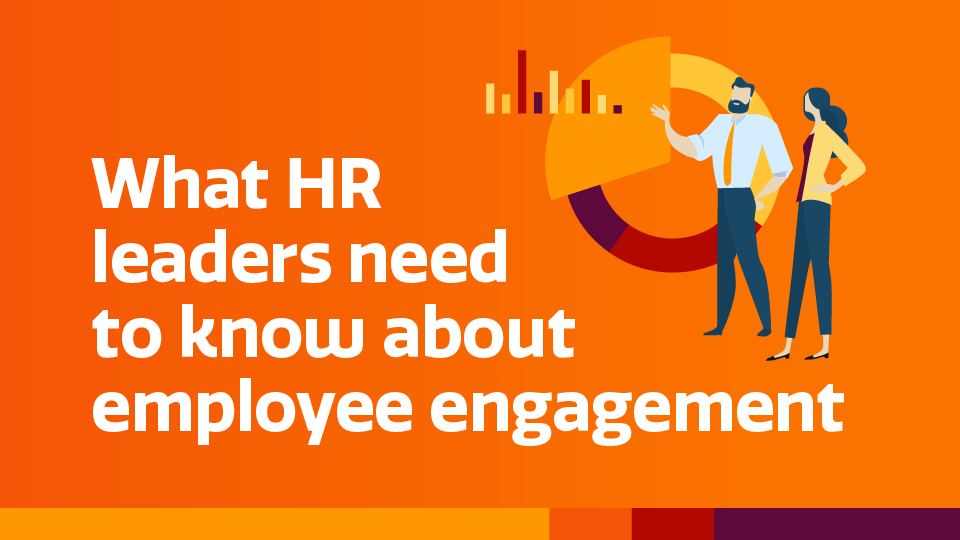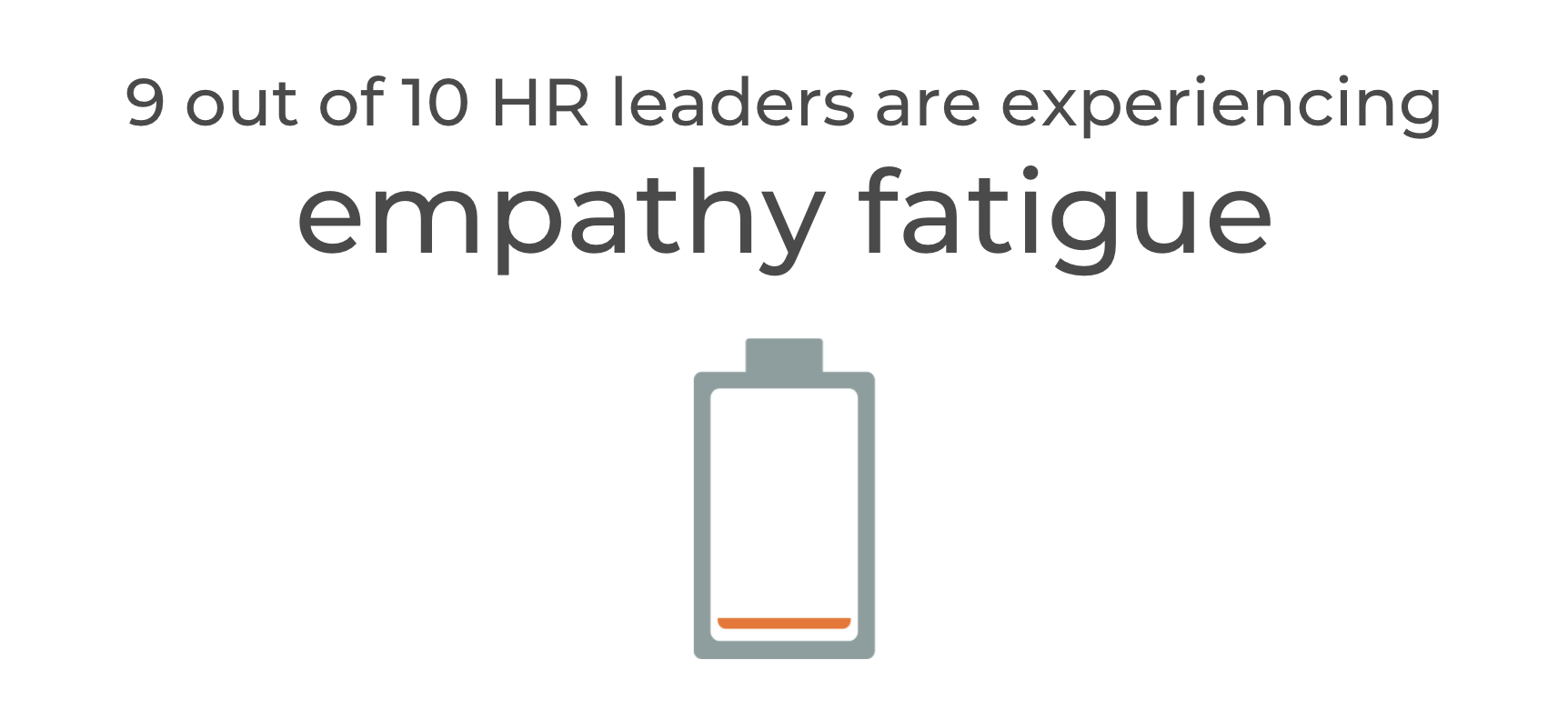7 HR Sins That Cause Low Employee Engagement


7 HR Sins That Cause Low Employee Engagement
Mar 21, 2022
6
min read
50 Questions for Your Employee Survey You Need To Know


50 Questions for Your Employee Survey You Need To Know
Mar 3, 2022
17
min read
5 Ways To Boost Your Engagement Survey Response Rate


5 Ways To Boost Your Engagement Survey Response Rate
Feb 28, 2022
5
min read
5 Things You Didn't Know About Building An Employee Engagement Program


5 Things You Didn't Know About Building An Employee Engagement Program
Dec 17, 2021
3
min read
A Helpful FAQ If You Are Considering TINYpulse For Your Organization


A Helpful FAQ If You Are Considering TINYpulse For Your Organization
Dec 12, 2021
9
min read
7 Reasons You Should Be Using Employee Engagement Software


7 Reasons You Should Be Using Employee Engagement Software
Nov 26, 2021
6
min read

